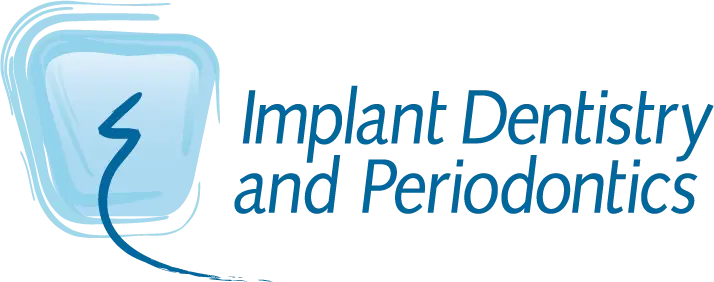Will LANAP Save My Teeth?
While there are many effective treatments available for periodontal disease, ultimately, the success of the procedure is primarily based on the patient’s ability to minimize inflammation in their oral tissues and maintain the health of these tissues. Traditionally, the surgical procedure used for periodontitis relies on scalpels, and sometimes drills, to cut away and remove damaged gum and bone tissue; the gum tissue is cut open and folded back, exposing the roots of the teeth and the supporting bone, and damaged bone tissue is removed and replaced with bone graft material. Damaged gum tissue is also cut away, and healthy tissue is grafted before the gums are reattached with sutures and the whole area is allowed to heal. These invasive procedures are often effective, but they can require multiple separate procedures and long healing times, which keeps the oral tissues in a vulnerable state for a prolonged period and may increase the risk of gum disease recurring.
Laser gum treatments like LANAP are non-invasive and have been shown to reduce the risk of recurring gum disease, promoting prompt healing and reducing discomfort while stimulating the health of the gums and bone. This newly vitalized, healthy tissue helps hold the teeth firmly in place, improving the health of the oral cavity and restoring the integrity of the teeth and oral tissues. The LANAP protocol uses a specialized laser and can only be performed by dentists and specialists certified to perform the procedure. This specialized laser focuses on the area between the gums and teeth and uses set variable energy pulses to target and destroy diseased tissue only, allowing the healthy tissue to continue protecting the teeth from bacterial invaders and food debris. There are no incisions and no sutures, and the procedure and recovery are painless and brief; treatment usually lasts a few hours, and most patients recover within a day.
The traditional surgical treatment for periodontal disease, called osseous surgery, was developed more than 70 years ago and often requires dentists to cut away disease gum tissue, extract teeth, drill into bone, and stitch tissue together to reattach it. In addition to being painful and invasive, osseous surgery can lead to sensitivity in the teeth, encourage gum recession, and increase the risk of recurrence for gum disease. Until relatively recently, osseous surgery was the best option for treating periodontal disease, but, thanks to the development of the LANAP laser and protocol, this is no longer the case. The LANAP treatment is far less invasive and more thorough than osseous surgery, requiring no incisions, drilling, or stitching and helping rejuvenate and regrow healthy gum tissue as it removes diseased tissue.
Because it is non-invasive and has a brief healing time, the oral tissues aren’t as vulnerable to bacteria as they are during the long healing times required for osseous surgeries, and it is much easier to keep the oral cavity cleaner longer when healthy oral tissues do their jobs and help protect the teeth. The LANAP laser treatment is also more precise, reducing the likelihood of gum recession and dental sensitivity and helping restore the overall health of the oral tissues and the security and health of the teeth. While the ultimate success of any treatment for periodontitis relies on cooperation from the patient, with your cooperation, LANAP can restore the health of the oral cavity and help save the teeth and keep them safely where they belong.
